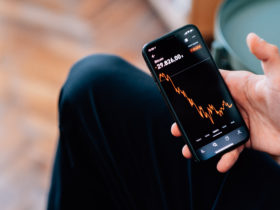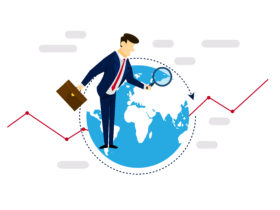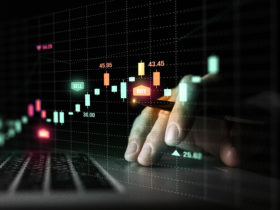In recent times, stock markets have plunged due to inflation concerns and fears over an aggressive rate hike by the US central bank. This will force other central banks in the world to follow suit. This pain is going to persist in the global economy and the stock markets around the world will be under pressure till price of various products and service stabilises and all the stakeholders regain their confidence. So, let’s take a look at what is inflation and monetary policy.
Inflation is a phenomenon where there is a rise in prices over a given period of time. Inflation is generally a broad measure of rate of increase in prices which affects a country’s economy, its policymakers and consumers. Due to inflation, cost of living increases.
Inflation can also be calculated for individual items like food, manufacturing products, commodities like oil, gold etc. and also services. So, whenever there is talk of inflation, it means the price of products or services we consume have become more expensive over a certain period, most commonly a year. Central banks and other private agencies monitor inflation a weekly, monthly and quarterly basis.
Around the world, inflation is calculated in two ways namely Wholesale Price Index and Consumer Price Index. Most countries take inflation based on Consumer Price Index as a benchmark and the central banks decide on the future course of their monetary policy action on CPI-based inflation. This is because most economies are based on consumption of its citizens. So, unless people in a country consumes, the country’s economy will not grow and there will be large scale unemployment. There are a few countries like China, South Korea, Japan which are export oriented. Even for these countries lower inflation is important.
Inflation will affect the purchasing power of consumers. If the fixed interest rates or bank deposit rates are less than the inflation rate, then this will erode the savings of the consumer. This will in turn affect his consumption power. The consumer will start consuming less as he/she will not able to afford a lot of products or services like before when the inflation was comparatively less. This will eventually create a ripple effect on other sectors of the economy and a country’s economy will contract or the rate at which the economy grows will slow down.
In the past few months, the prices have increased gradually and now inflation has become more pronounced. Globally speaking, inflation has arrived. In the US, which is the biggest economy in the world, the consumer price index has increased 7% over the past 12 months, driven in part by stimulus checks that fuelled the economy from the low points of the pandemic. In addition, supply side constraints have also played its part to the inflation.
In the recently concluded monetary policy meeting, the US central bank and its chair Jerome Powell made clear the Federal Reserve would act as needed to curb inflation and supported an interest rate hike in March as well as hinted at more frequent and aggressive hikes than anticipated in the coming months.
Normally, the inflation in a developed country like the US or the UK is set at 2 per cent. In India, inflation is set at 4 per cent. The RBI have also set a buffer of 2 per cent over and below this 4 per cent. So, the RBI wants inflation in India to stay between 2 per cent and 6 per cent. Having said that, controlled inflation is good for any economy. Optimal inflation is necessary for the steady and sustained growth of the economy.
This brings us to monetary policy. So, what is it?
Monetary Policy
Monetary policy is an approach followed by various central banks to keep the economy running steadily by maintaining price stability, less unemployment and to attain sustainable growth. To achieve this, the central banks like the Federal Reserve in the US or the Reserve Bank of India will use monetary instruments such as key interest rates to control the supply of money. Whenever the key interest rates are low, there is more money in the monetary system. Due to this increase supply of money, the price of products and services tend to go up. This is because there is more purchasing power in the hands of consumer. This will lead to inflation.
Now, the central bank will increase the interest rate to suck excess money or liquidity out of the monetary system. This will lead to less money in the hands of the consumers and the prices of products and services will cool down, eventually.
In the next article, we will discuss the link between inflation and its impact on bank interest rate, various commodities, currencies and stock markets.





